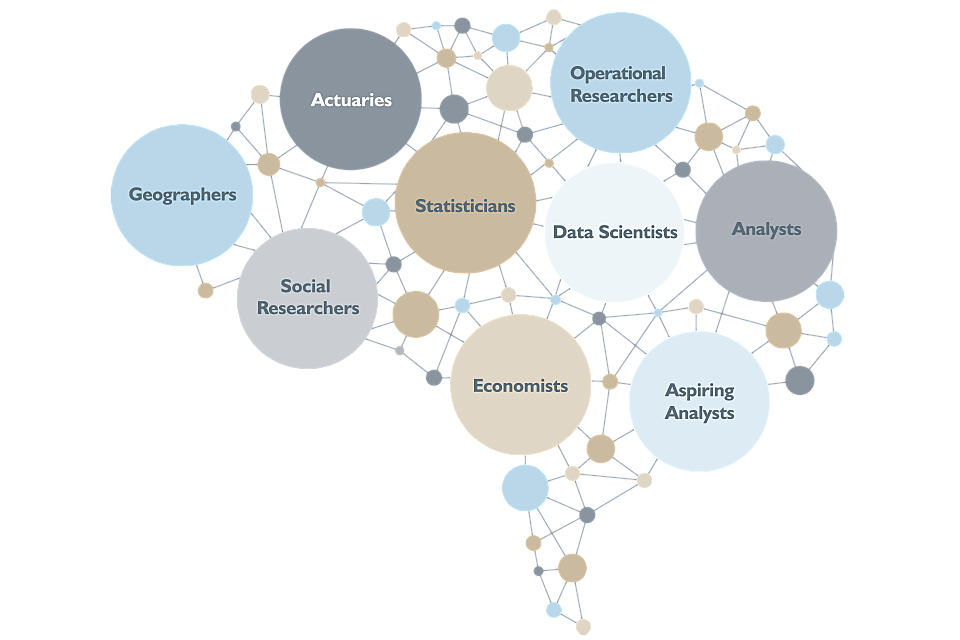Government Geography Profession – Best Practices and Guidance
Working with others to embed the importance of place within the published guidance.
The profession works with the other professions within the Government Analysis Function to embed the importance of place within the published guidance of other professions and will begin a programme of work to start developing topic notes for our profession.
Technical Topic Notes
Geography is a crucial part of the multi-disciplinary approach we will need to take as the Analysis Function to tackle the big issues faced by society, including achieving net zero, levelling up across the country and preserving and strengthening relationships with partners across the globe now we have left the European Union. This is recognised in the guidance produced by other professions in the Analytical Function, for example in:
-
HM Treasury Green Book (central government guidance on appraisal) – how the implementation and roll out of new policies can be dependent on geography and how distributional analysis can include regional, sub-national and local analysis based on geographically defined areas where appropriate (see 4.14 on constructing options, 6.3 on productivity effects, 6.23 on land use values, A2.3 on environmental and natural capital, A3.1 on sub-national and distributional analysis and A3.5 on leakage). It may be necessary to undertake additional distributional analysis for interventions with sub-national or regional distributional effects (e.g. those that involve redistribution of welfare to different parts of the UK), those which are targeted at one or more types of geographic area (e.g. rural areas) or those which are targeted at one or more geographic area (e.g. a specific city or town). Results should be shown separately alongside the calculation of UK-wide NPSV, which allows the local effects to be clearly identified. It may also be necessary to assess the differential impact of new interventions in devolved administrations, due to differences in existing policies.
-
Government Statistical Service Geography Policy (Code of Practice for Official Statistics) – how accurate geographic information is essential for statistics to locate and reference a statistical event, provide the geographical framework to sample, collect, link and process survey and administrative data, analyse and present statistics and select and access information for a geographical area or place.
-
HM Treasury Magenta Book (central government guidance on what to consider when designing an evaluation) – requirement to understand if the same results would be achieved in a different places or contexts and within sampling taking account of geographical location in producing a stratified sample.

Geography profession best practices.
Ethics guidance on the use of geospatial data for research and statistics
The use of geospatial data brings the ethical considerations common to all types of data and some special ones of its own. Since data often locates individuals, addresses or businesses and because it is often sourced from ‘personal’ devices such as mobile phones, geospatial data can be considered by the public to be a special or intimate type of data. This is particularly relevant since locational information is ubiquitous in modern society – we carry personal smart devices, drive cars which are located by GPS or are captured on CCTV and other sensors. There is wide public acceptance of this type of locational tracking for some purposes but of course there are ethical dimensions to the way we use these and other types of spatial data. The UK Statistics Authority have recently published a website providing a discussion of the main ethical issues for researchers – and critically a checklist for users to consider.
Updates to this page
-
Added Ethics guidance on the use of geospatial data for research and statistics
-
Additional information added to the Green Book section about analysis
-
First published.